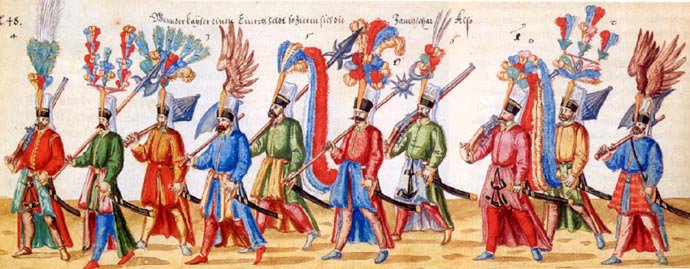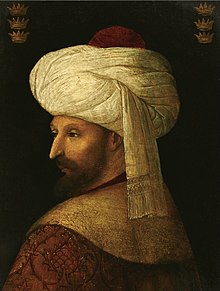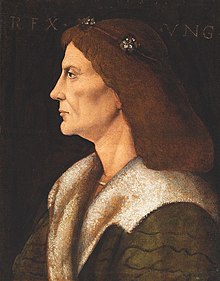Support our authors
DonateThe Ottoman concept of “Kizil Elma”

The Ottoman onslaught
Kizil Elma. We know that the Ottomans regarded the important Christian towns which were the targets of their imperial desires as „Golden Apples”.
Nándorfehérvár aka Belgrade, the gateway to the Hungarian Kingdom, was just such a fruit and Buda Castle was the next one to pick. The rest of the apples, like Vienna, Rome, Paris, Prague or Amsterdam, were still hanging on their branches. The concept was simple: attack the enemy in waves, burn their land and spread terror, kill the peasants or enslave them, isolate the forts and destroy the villages around them. Sooner or later, the apple will fall in your lap.
However good the Turks were at apple-picking, the stubborn Hungarians had been crossing them since the end of the 14th century until the last siege of Vienna in 1683. It is not surprising that the Hungarians knew a lot about the concept of „Kizil Elma”. They even had a legend about the Golden Apple from the time of King Matthias Corvinus (1443-1490).

The Turkish legend
It is almost identical to the Turkish legend which we would like to share with you first:
The idea of the „Kizil Elma” was recorded by Konstantin Mihailovic, a Serb soldier who lived in the Ottoman Empire between 1455-1463. In his book, „Memoirs of a Janissary” he tells us a story about Sultan Mohamed II (1432-1481) who had heard the news that the Pope and the Christian powers wanted to attack him.
„The Sultan was worried that his Christian subjects would rebel against him on the newly conquered European lands so he summoned his viziers and commanders. The officers’ advice was to prevent the Christian’s attack by a quick campaign as it was always better to wage a war on the enemy`s land.
Yet, the Sultan had a different idea and gave an order to his servants to bring in a huge carpet and lay it down in his reception hall. He had an apple placed in the middle of it. Then, he asked the following riddle from his viziers:
„Could any of you pick up that apple without stepping on the carpet?”
His men thought hard and discussed it at length among each other, but none of them could solve the puzzle. Finally, it was the Sultan himself who solved it. He stepped to the carpet and began to roll it up with his two hands. Doing so, he reached the apple. After this, he rolled the carpet back down as it had been before. Then, he addressed his viziers like this:
„It is more correct to crush the Ghiaours gradually rather than invading their lands all at once. It is advisable because our present situation is so unsteady that the smallest failure we might suffer there, could result in losing all the lands we had conquered so far. The Ghiaours would rebel and attack us at once.” – and all the lords and viziers praised the talk and the example of the Sultan.”

The Hungarian tale
It was Ferenc Móra who preserved the Hungarian version of the legend. He collected it in a Hungarian village in the 19th century. It is almost identical to the Turkish one. The name of the tale is „Aranyalma” (Golden Apple). It says that the Germans, the Turks, and the Polish attacked King Matthias at the same time. Matthias decided to send the best of his generals against the Germans and the Turks. As for the Polish, he thought that one of his pages would be good enough to lead his army. He summoned his seven pages and gave them the very same riddle that the Sultan had given to his viziers. Whomever of them could pick the apple without stepping on the carpet could go against the Polish. Finally, a brainy young man rolled the rug up and got the apple. The king sent him to the north and the page defeated the attacking Polish army. King Matthias rewarded him with a golden velvet robe and enobled him. The boy became the ancestor of the Almásy family, „alma” standing for „apple” or in Turkish, „elma”.
To this day, in the family’s coat of arms is an armored arm, holding a golden apple…
